what 3d printer filaments are resistant to diesel fuel?
3D press is no longer a novelty. Simply a few years ago, this innovative press technique was limited only to big bookish institutions, simply this is no longer the example. As applied science advances, 3D printers have go more advanced, compact, and affordable for the masses.
Today, 3D printing is oft used in the home, schools, and unlike types of industries, particularly healthcare. Most of these machines come up with a elementary roll of filament that is set for use. But the question is: If the scroll does non last long plenty, what other 3D press cloth tin can you utilise?
Before y'all rush off to purchase the latest 3D printer, it is important to know the different types of 3D press material bachelor, their compatibility with your printer, the costs, and other pros and cons.
Hither are eight different 3D printing materials that are unremarkably used across industries:
1. Acrylonitrile Butadiene Styrene (ABS)
This is a durable plastic material also used to make Legos and many other toys. It is not-toxic, chemic, water-resistant, and long-lasting. The central reason for its wide usage is that information technology tin can be easily shaped and molded. It also requires intense oestrus before it can be damaged. These features make it peachy for 3D printing.
However, when heated to very high temperatures, these types of 3D press materials can generate a aroma; hence ventilation is required. It costs about $30 per kilo.
2. Polylactic Acid (PLA)
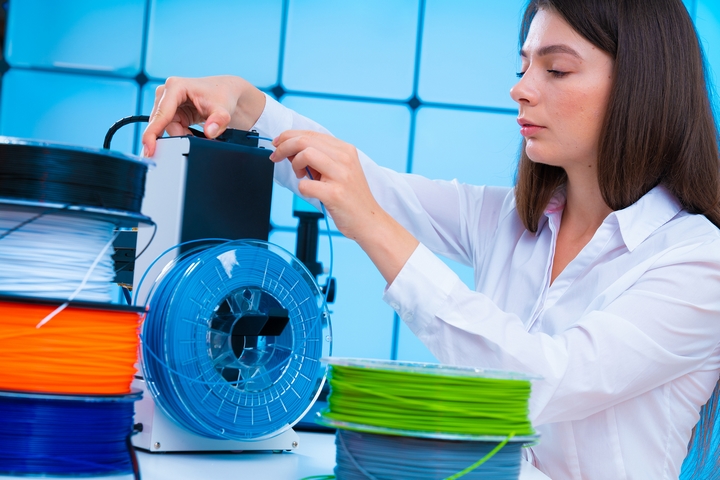
PLA is a plastic polymer fabricated from materials like sugarcane residuum. It has features similar to biodegradable plastic packing. PLA is resilient, durable, and opaque. The downside is that information technology tin deform even at low temperatures and is not chemical or water-resistant. It is usually preferred for depression-cost 3D printers that are used to make general printing materials.
3. Polyvinyl Alcohol
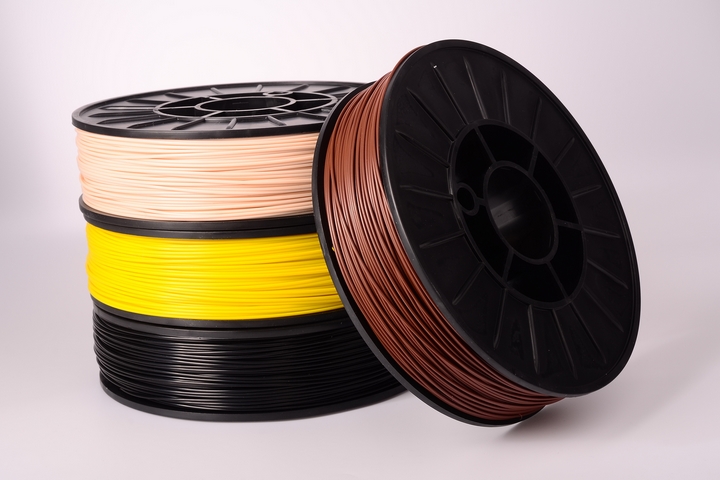
Polyvinyl alcohol is a novel 3D constructed polymer printing cloth that is water-soluble. Information technology is often used to make supports and joints that hold the 3D press together. While the material does non require excessive heat to get pliable, information technology does release noxious chemicals at loftier temperatures. This material requires proper disposal methods and costs around $100 per kg.
4. Nylon
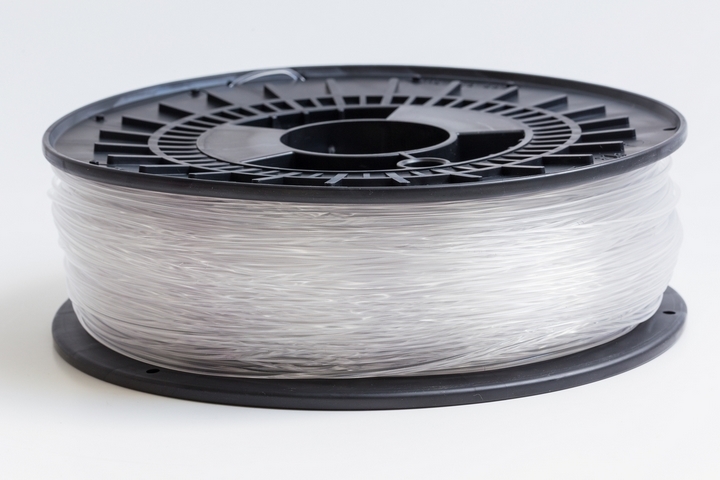
Nylon was adult equally a replacement for silk and is a rough material with good tensile force. Information technology requires high temperatures to melt and is non-toxic. Today, it is fast becoming the textile of option for 3D printing as it is resistant to damage and is usually not afflicted by other chemicals. Nylon is also cheap at $18/kg.
v. Loftier-Density Polyethylene
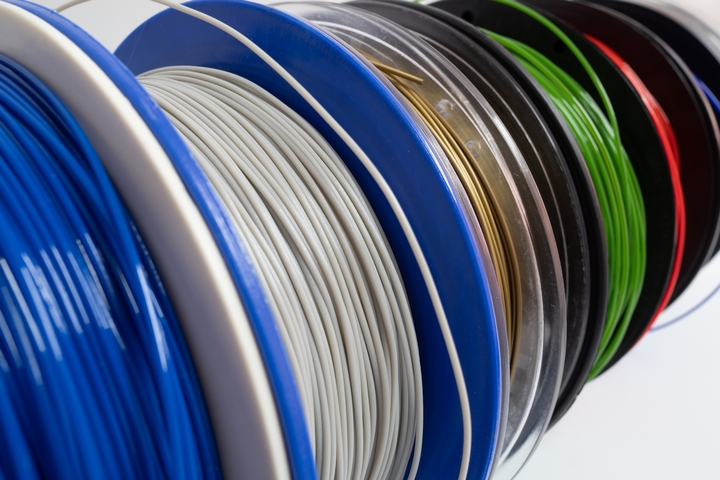
High-density polyethylene is widely used in 3D press to make plastic bottles and containers. It is a light fabric with great flexibility. It is like shooting fish in a barrel to mold and dye, is resistant to most chemicals, and melts at around 230 degrees. However, information technology can release baneful fumes at high temperatures. The different types of 3D press materials can be dissolved by immersing the print in limonene. It costs near $xxx/kg.
6. Polyethylene Terephthalate (PETT)
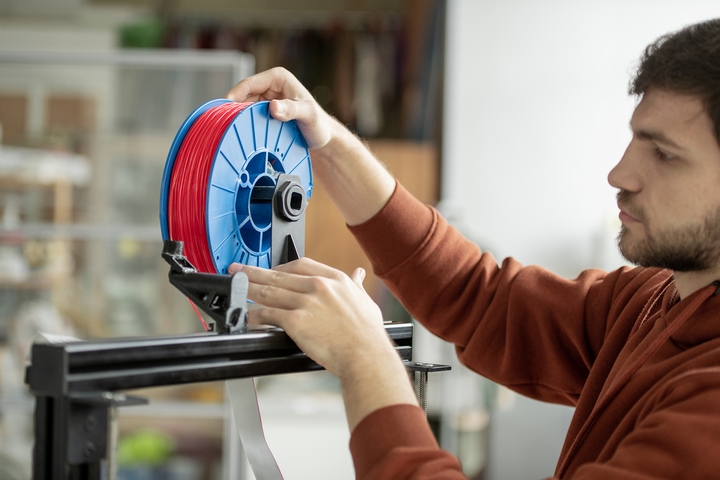
Polyethylene terephthalate (PETT), besides known every bit t-glase, is often used to make garments. It melts at 230 degrees and can be dyed. It is also used to make utensils like cups, dishes, bowels, etc. The downside to this fabric is that the printing has to be done slowly to ensure that the layers attach properly. Information technology costs nearly $thirty/kg.
7. Wood Filament
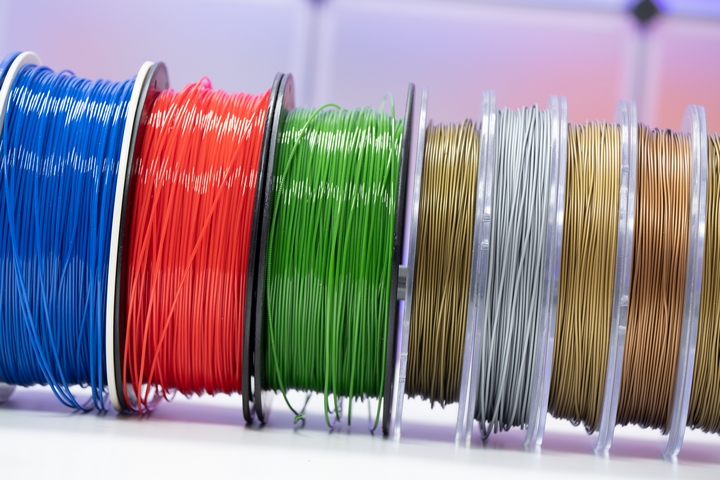
Woods Filament is not fabricated of wood simply fine wood particles that are combined with PLA. The finished product looks like forest. The material is printed is the aforementioned as PLA filaments, and it costs $100/kg. There are many different types of forest filaments that y'all can choose from, including birch, coconut, bamboo, timber, cedar, and many others. Forest filaments usually incorporate 70% PLA and 30% wooden fiber.
viii. Metallic Filament
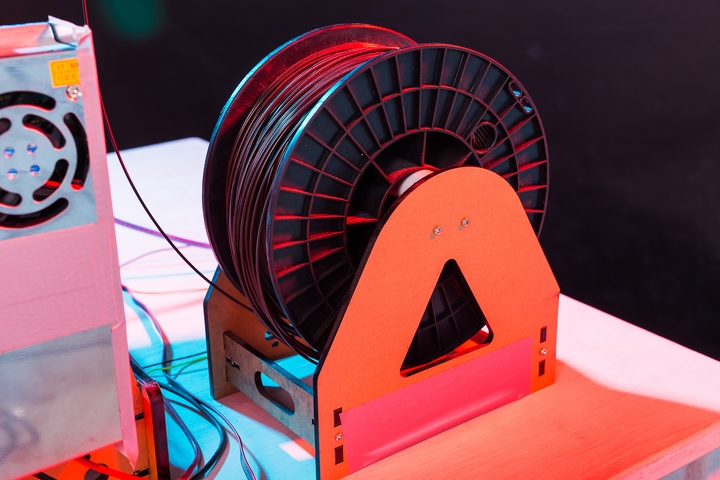
The metal filament is another option. It is made of finely ground metals and combined with polymer mucilage and PLA. Metal filaments are fabricated with a fine metal powder such as bronze, brass, copper, or stainless steel. However, the quantity of metallic powder that is infused in the filament varies depending on the manufacturer of the metal filament. The finished product when you employ metallic filament feels and looks like metallic. Polishing may be required if y'all want to enhance its look and overall advent.
There are different types of 3D press materials that can also exist used. These include carbon fiber mix, flexible filament, and conductive filament.
The decision with respect to which material to apply is normally dependent on the output that you expect from your 3D printer. But there are many options, and you need to decide based on your budget, your objective and the quality you lot require.
Also, since most people are still new to using 3D press, it is always of import to buy a small quantity of the printing material and experiment with it until y'all go the desired effect. Evaluate your options, come across the samples for each blazon of press material, and and so decide which cloth would arrange you best.
Source: https://www.diesel-plus.com/8-different-types-of-3d-printing-materials-commonly-used/
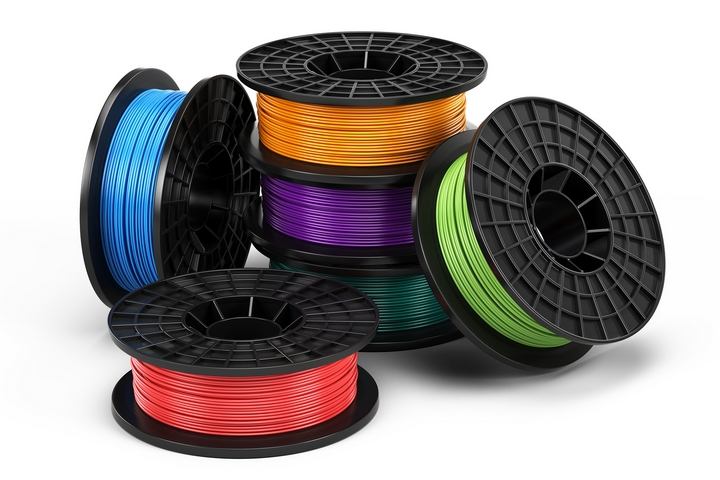
0 Response to "what 3d printer filaments are resistant to diesel fuel?"
Post a Comment